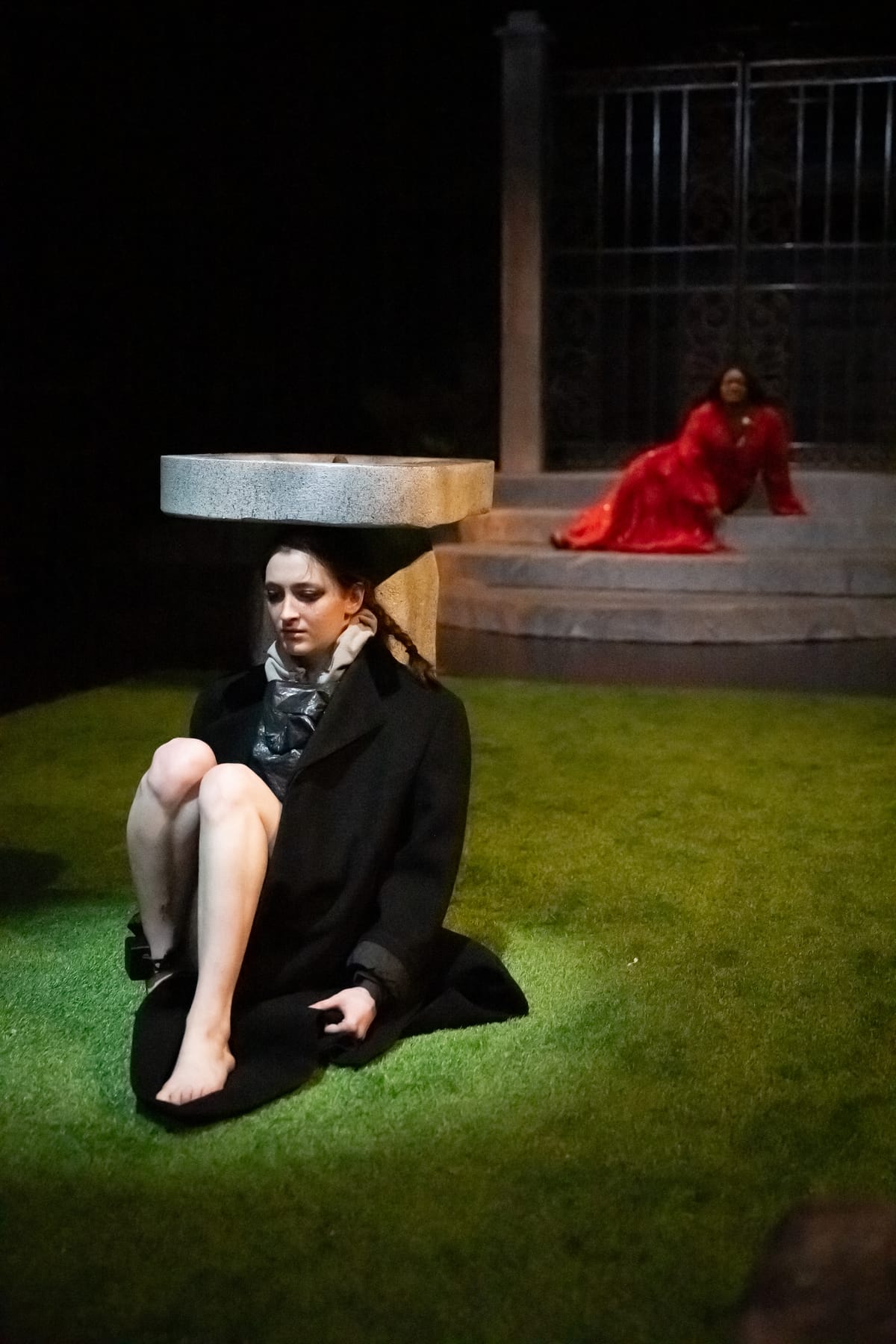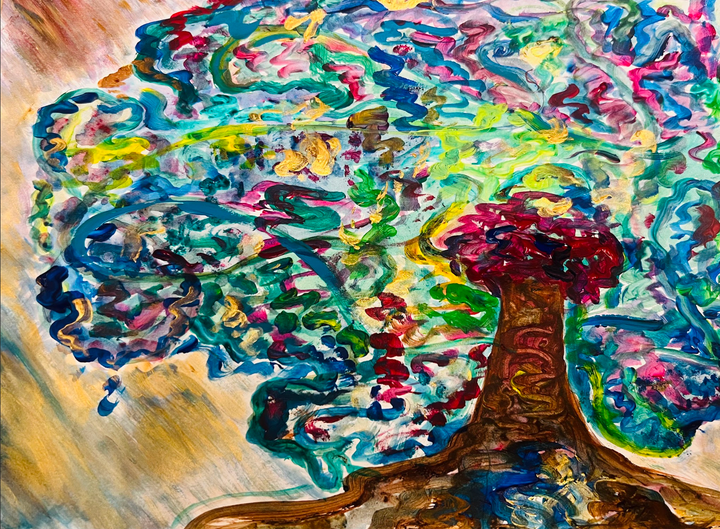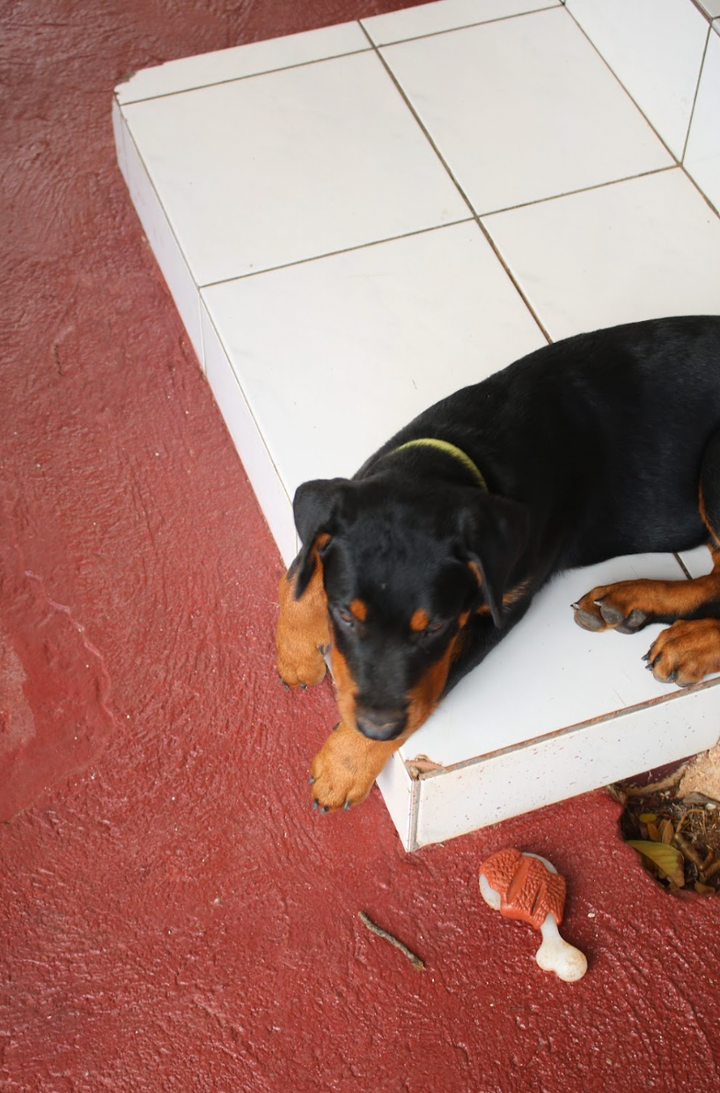Theater and Dance Thesis “Electra” Shocks the Stage
Theater and Dance thesis student Caspian Rabaia ’24 directed the 2011 Nick Payne adaptation of “Electra.” Managing Arts & Living Editor Mackenzie Dunson ’25 reviews the play, emphasizing the contemporary essence brought forth by adaptation and direction.

The theater and dance department premiered “Electra” last Thursday, Feb. 29, in the Holden Experimental Theater with a three show run. The thesis performance, directed by Caspian Rabaia ’24, displayed the culmination of their research as a classics and theater and dance double major.
The production, a 2011 adaptation by Nick Payne of the ancient tragedy originally written by Sophocles, tells the story of Electra and her siblings, Orestes and Chrysothemis. According to Greek myth, the characters are the children of Clytemnestra and Agamemnon. If your memory of your high school reading of the “Odyssey” serves you, you know that Agamemnon commanded the city-state Argos during the Trojan War. This play, though set several years after the completion of the war, explores the sorrows carried within the family.
Rabaia provides a fresh look at this tragedy using costume design and Payne’s interpretation. In their program note, Rabaia explains instead of focusing on the revenge, resentment, and honor typically foregrounded in ancient tragedies, Payne centers the “pure devotion that drives the family to their devastation” in his adaptation, conveying the guilt that saturates the characters’ lives.
Upon entering the theater, I was impressed by the set design: a large set of wrought iron gates at the top of a stone staircase, as well as a stone water basin on an artificial greensward. As the lights dimmed, the chorus members (Kateryna Havryshchuk ’26 and Jasmine Willis ’25) introduced the story, both barefoot and dressed in floral-patterned white dresses. Orestes (Teddy Stephens ’26), Electra’s brother, was then introduced, donning a disheveled sweatsuit. Strophius (Max Hauschildt ’25) arrived next, telling Orestes to return home and kill his mother and her lover, Aegisthus, under the guise that Orestes had died. After some hesitation, Orestes agreed.
Finally, Electra (Petra Brusiloff ’24) emerged from behind the gates, dressed like Orestes: a garbage bag as her outermost layer, and, interestingly, a house arrest anklet. Her conversation with the chorus members recounts the murder of her father, and her mother’s nightmare of Orestes returning to kill her. Her sister, Chrysothemis (Nylah Lee ’26), at first seemed very scornful, berating Electra for her appearance and deteriorating mental state, but then warns her to “be careful” for fear she would be sent away for her behavior before leaving the stage.
From Electra hiding underneath the stone basin and the resounding drag of the mother’s embellished gown as she walked, the audience held their breath at the entrance of Clytemnestra (Joy Johnson ’25). The mother and daughter argue over the mixed remembrance of Agamemnon, before Strophius suddenly enters, bearing the news that Orestes died. Clymenestra placates Electra, but her attitude shifts, inviting Strophius in for dinner.
Electra, consumed by grief, had a brief argument with Chrysothemis after her return, and disturbed by her sister’s murder ploy, quickly left the stage. Then, a disguised figure slowly entered the stage, illuminated by a spotlight. Only when he took off his helmet did the audience realize that the figure was Orestes. Interrupting a tender reunion between brother and sister, Strophius returned to bring them all inside the home. Suddenly, a blackout absorbed the space, and a long blood-curdling scream echoed through the theater, with a deep red light illuminating the basin in the middle of the stage.
When Electra again emerged, now clad in a red pajama shirt, Clytemnestra stumbled on stage, obviously wounded and died on the steps of the gate. Orestes and Strophius came out next, both dressed in new red articles of clothing. Finally, Chrysothemis arrived, sobbing, as she sat on the steps holding her dead mother’s hand. Electra comforted her, recounting a childhood memory of cutting her palm on a fig tree. This tender moment between two sisters in the aftermath of patricide closed the play.

Rabaia was devoted to bringing out the contemporary value of “Electra”; one of the ways they did so was through costuming. Instead of featuring a predictably Ancient Greek stage play wardrobe, the characters (sans Electra and the first appearance of Orestes) wear elaborate, yet contemporary, costumes that proclaim their status within Greek society. Humorously, Rabaia recalled the first thing the costume designer asked was whether or not the family should have a “Kennedy or Kardashian” aesthetic. Rabaia concluded that, in terms of wealth, the costumes explored the questions of “what it means to translate an ancient power structure to a modern contemporary setting.”
Rabaia credits visiting costume designer Kyle Artone for the exquisite wardrobe, who was brought in by the Theater and Dance department specifically for their thesis. Rabaia explained the designer “came to me with an ‘Alexander McQueen high fashion idea’ and we worked together to make it fit with my idea of the play.”
From the red sequined gown of Clytemnestra to the white dress suit of Chrysothemis, the costume design successfully emphasizes the vast differences between Electra and her family members. Electra’s distinct wardrobe not only revealed her fraying mental state in her grief, but also distinguished her from her family members who were not as outwardly expressive of their mourning. We sympathize with Electra through her costuming, even when her actions were not the most morally-sound.
Rabaia’s use of Payne’s adapted script further draws out the modern relevance of the play. Rabaia explains that a large challenge with ancient plays is how to effectively reach the audience; especially with works in translation, the language often isn’t accessible for or relatable to modern viewers. Rabaia is particularly drawn to Payne’s adaptation because of how he “used more precise language, with a tight and well-rounded script.” Rabaia also highlights that Payne’s adaptation reflects more of the intentions of the original ancient Greek language that typical translations provide. Although the play strays from the original plot by Sophocles, Rabaia’s direction transformed the play into something both the actors and audience can relate to. Instead of focusing solely on tragedy and the act of revenge, the play centers individual and collective navigations of guilt, forcing the audience to consider what happens when families are torn apart by morality.




Comments ()